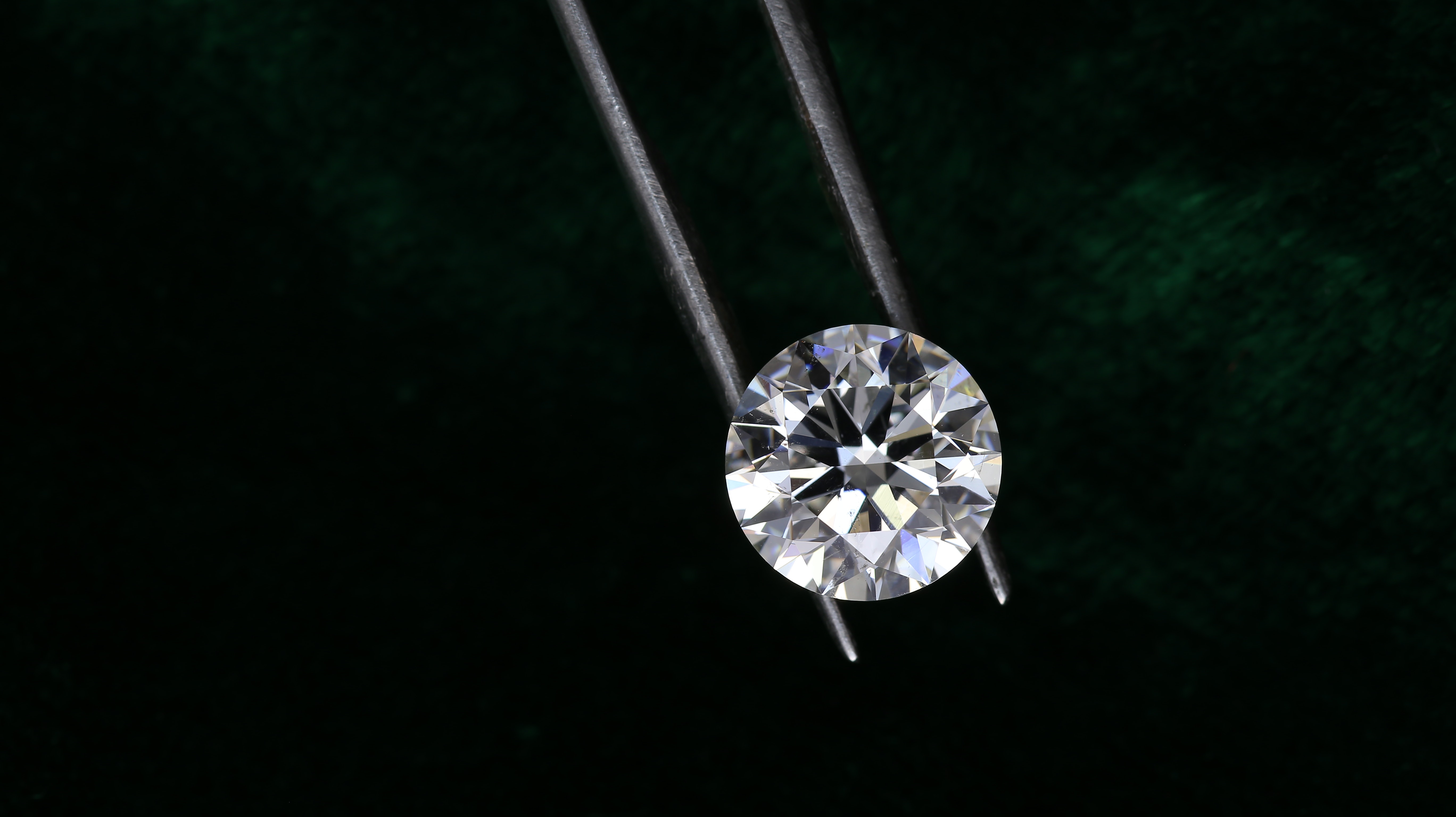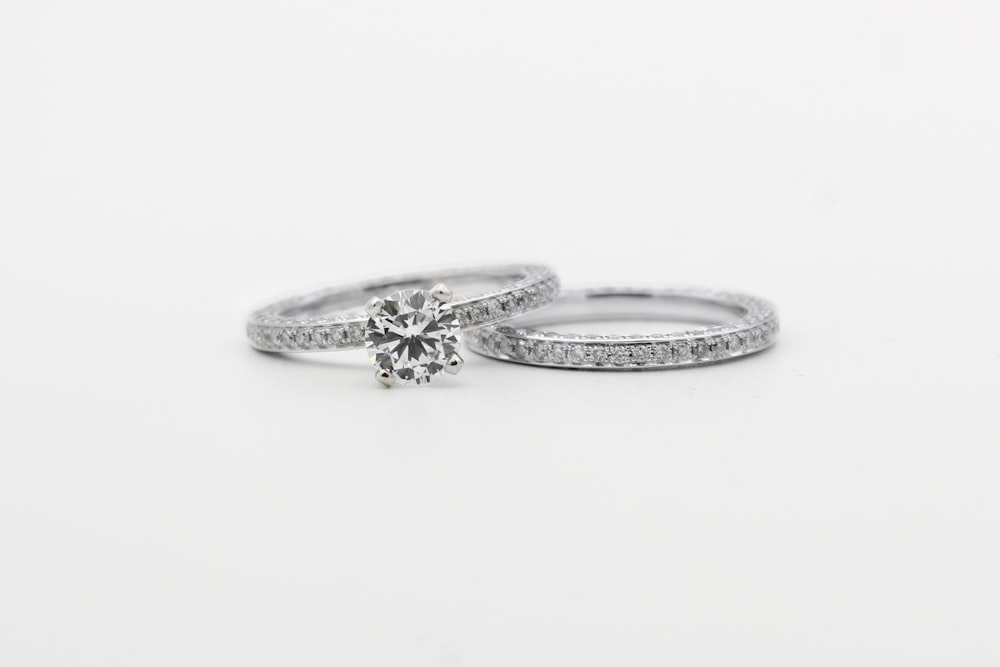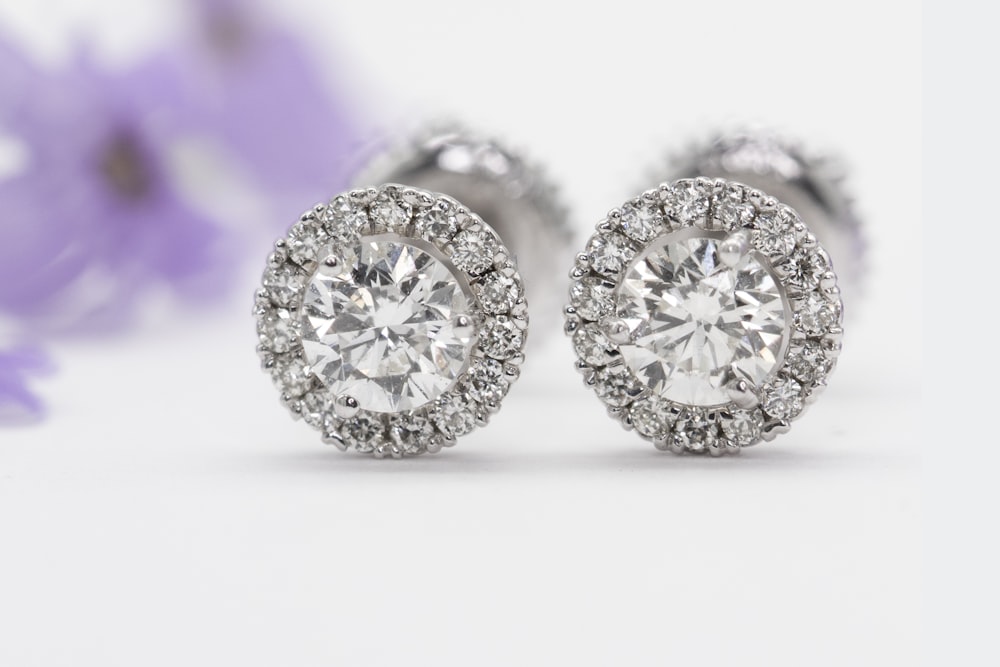- Call us: (213) 489-1767

When you buy a piece of diamond jewelry you know you are paying for a stunning gemstone and the artistry of the piece's maker. The price you pay is always going to be based on a number of combining factors that come together to give the stone in question an overall rating.
The diamond industry doesn't leave this to chance and there is a clearly defined set of characteristics that determine the price of a stone to which is then added the price of the metal and setting of the jewelry and its cost of manufacture (which includes the brand or craftsman's premium) to achieve the overall ticket price.
The Basics of Diamond Classification

These definitions are known as the Four Cs and they each encompass a number of criteria whereby a stone's characteristics are judged and graded. As you can imagine, the ideal stone meets the most desirable industry standards, and then anything that falls beneath that top scale then starts to be graded lower and therefore priced in a lower range.
There is no law that demands that every diamond sold in the USA needs to be certified but if it has, the diamond grading report will give full detail about all the 4Cs. Diamond certificates are issued by the Gemological Institute of America, the American Gem Society, the International Gemological Institute, the European Gemological Laboratory, Hoge Raad voor Diamant) and Gemological Science International.
Although scoring follows a set of scientific guidelines, grading is still subjective as every diamond grader will interpret the qualities of an individual diamond in their own way. In the USA, the GIA and IGS are accepted as providing the most consistent and reliable reports of diamond quality.
The Four Cs
The 4 Cs are
- Cut
- Clarity
- Color
- Carat
Let's take a closer look at the aspects of diamond grading and how each score might affect the overall price of a diamond and ultimately how those diamond grades affect the price of a piece of diamond jewelry.
Cut
Of all the different Cs to consider when searching for a great natural diamond, it is fair to say that cut is the most personal to each buyer. The cut refers to the diamond shape that has been achieved by the cutter. While the vast majority of white diamonds are round brilliants because of their immense popularity as engagement diamonds there are fourteen different types of cut.
- Round Brilliant Cut
- Princess-Cut
- Emerald Cut
- Radiant Cut
- Cushion Cut
- Oval Cut
- Asscher Cut
- Marquise Cut
- Pear Cut
- Heart Cut
- Baguette Cut
- Trillion Cut
- My Girl Cut
- Lozenge Cut
Not every jeweler will offer loose stones or jewelry of every diamond cut. The most popular are:
- Round Brilliant Cut - the classic standard wand and are well-cut diamonds with maximum sparkle. It is the most popular cut but also tends to be the most expensive.
- Princess Cut - this is the second most popular and is a square-shaped diamond that boasts a contemporary look with a beautiful sparkle.
- Marquise Cut - this is a shape that looks almost like the overhead shot of a boat or a football. It's very slimming on the average finger also with a great bright sparkle.
- Pear Cut - as the name suggests, this is a pear shaped cut that many diamond experts believe is underrated.
- Emerald Cut - A favorite among diamond professionals, the emerald cut has a rectangular shape with cut off corners.
Cut affects the price of a diamond because it reflects the art of the cutter and wastage. The round brilliant is the most expensive because it has more facets than other cuts requiring more precision by the cutter to achieve maximum diamond sparkle and also because more of the original rough diamond is lost during the cutting process.
Clarity
Clarity refers to how clear the diamond is when you look at it. Individuals will most probably look for "eye-clean" diamonds but an expert gemologist or skilled grader will examine the diamond under 10-power magnification to determine scale of clarity based on the presence of internal inclusions (faults).
A flawless diamond is extremely rare. Clarity is a grade assessed on how the internal characteristics of the stone affect its overall appearance.
Pretty much all diamonds have diamond inclusions and blemishes, but it all depends on the level of visible inclusions and the types of inclusions that are present.
The diamond clarity grade scale is as follows:
- Flawless (FL) - A flawless diamond has zero inclusions, internal flaws, external flaws or visible flaws of any kind, even at 10x magnification. Comparatively few stones of the many millions of diamonds achieve this clarity grading.
- Internally Flawless (IF) - A diamond in this grade might have very minor blemishes but there are no inclusions visible under 10x magnification.
- Very Very Slightly Included (VVS1 and VVS2) - even under 10x magnification, the presence of minute flaws or blemishes are incredibly difficult to see.
- Very Slightly Included (VS1 and VS2) - Difficult to see types of inclusion still, but with slightly lesser clarity than VVS1 and VVS2.
- Slightly Included (SI1 and SI2) - Small-size inclusions can be found in SI1 diamonds and SI2 diamonds, but only under magnification.
- Included (I1 to I3) - Diamonds with inclusions that can be seen with the naked eye.
The number of inclusions affects the clarity grade so you can expect diamond prices to reflect where a stone sits on the clarity scale. Diamonds without inclusions are obviously going to command top dollar.
Color
Diamonds are not just clear - what are known as white diamonds. There is a wide range of colors but the color grading scale is only applied to white diamonds.
The grading system for the color of diamonds is as follows:
- D, E, F - These are completely colorless diamonds that are considered to be top-tier.
- G, H, I, J - These are diamonds that are considered nearly colorless, with almost a complete absence of color.
- K, L, M - These are ever so slightly yellow diamonds. Very faint.
- N, O, P, Q, R - These stones have more of a distinct yellow diamond tint, but the off-white is still very light.
- S, T, U, V, W, X, Y, Z - These diamonds are visibly different in a normal color range, with an obvious lighter yellowy coloring.
Again, the price differences reflect where a diamond sits on the color grade scale. Anything in the D to M category is going to command a hefty price tag, but there are still plenty of amazing and beautiful diamonds to be found in grades N to Z. The visual differences to the naked eye of anyone who is not a professional jeweler are extremely hard to discern.
Carat Weight
Carat diamond weight is arguably the easiest of the 4 Cs for a non-jewelry expert to understand. It is a simple case of the heavier the weight of the stone, the more money it is going to cost when put into a piece of jewelry! A larger diamond costs more!
A 1-carat diamond is going to be less expensive than a 2-carat diamond based purely on carat weight, so if you want to make a big statement with an engagement ring or a pair of diamond studs, you can sacrifice another of the 4 Cs like color or clarity to afford a larger stone.
Lab-Grown Diamonds
With the increased availability and growing popularity of synthetic diamonds, it is important to address the issue of diamonds made in a laboratory. Lab diamonds are real diamonds in every way except for the nature of their origin. They share exactly the same physical and optical properties as natural, mined diamonds and they are subject to the same grading standards in exactly the same way, on the same 4Cs scales.
The major difference between lab-grown diamonds and natural diamonds is price. The manufacture of synthetic diamonds is much cheaper than diamond mining and there are also further benefits (environmental and ethical). Lab-created diamonds are 40 to 60 percent cheaper than natural diamonds.
Where to Buy Quality Diamonds
At Stein Diamonds we stock natural diamonds and lab-grown diamonds across the entire spectrum of the four grading scales. As well as a wide range of ready-to-ship pieces of jewelry of all types and for all occasions, we offer a custom build service for engagement rings, diamond studs and anniversary rings. We're sure you'll find the perfect diamond or piece of diamond jewelry here.


